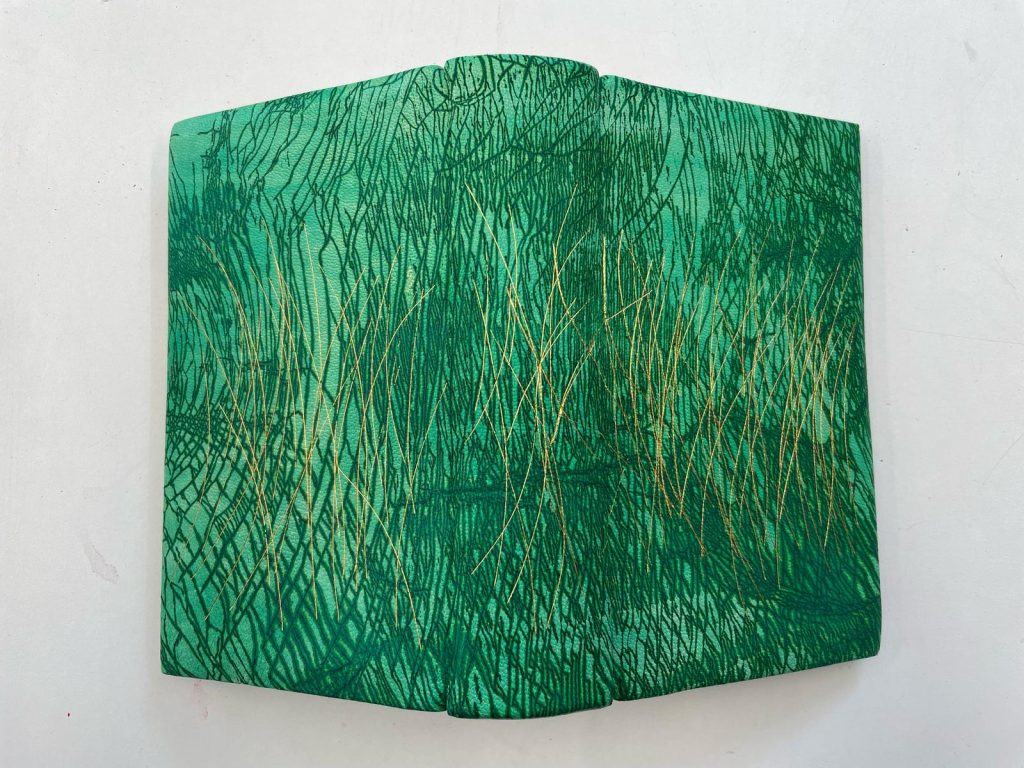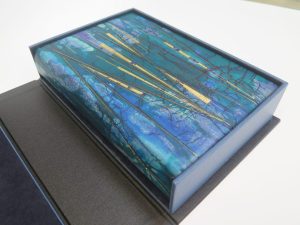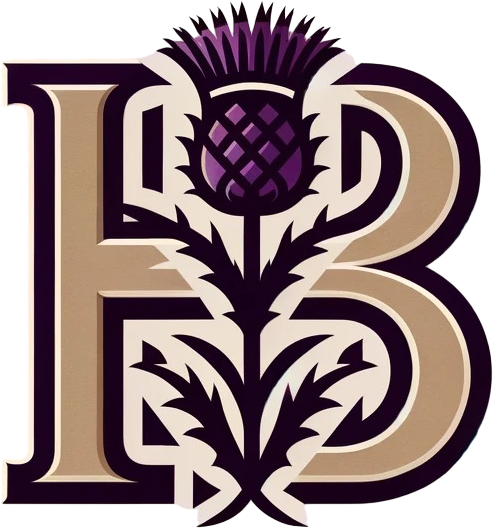The term craquelure describes the intricate, web-like patterns of fine cracks that form over time on surfaces like paint, varnish, or lacquer. While often associated with oil paintings, craquelure is also a significant phenomenon in the field of bookbinding, affecting materials and aesthetics alike. This article delves into the origins and contemporary applications of craquelure within the designer bookbinding community, particularly among competent amateurs and professionals.
Origins of the Term “Craquelure”
Derived from the French craqueler (“to crackle”), the term first emerged in the context of art conservation, particularly in describing the age-related cracking patterns in oil paintings. These patterns are unique to each piece, offering clues about the artwork’s age and the environmental conditions it has endured. Similarly, in bookbinding, craquelure can occur naturally in varnished, lacquered, or leather covers, providing a tactile sense of history and wear.
History and Evolution
Historically, bookbinders have used materials susceptible to craquelure, notably in the Victorian era’s popular papier-mâché bindings. These bindings featured a thick lacquer that, over time, tended to develop a network of fine cracks indicative of the craquelure effect. Another exquisite example is found in Persian lacquered bookbinding, where artisans painted and then varnished book covers, leading to beautiful but fragile surfaces prone to cracking.
European and Western binders admired these techniques and sometimes incorporated similar methods in leather bindings, which also developed craquelure as they aged. This natural aging process, while sometimes a challenge for preservation, was often prized for the distinct character it added to the bindings.
Modern Aesthetics and Techniques of Craquelure Bookbinding
Bookbinders have adopted and adapted various methods to intentionally induce craquelure, allowing them to imbue new works with the charm and visual intrigue of antique books. Here are some detailed techniques used in modern bookbinding to achieve craquelure:
- Paste Resist Technique: This method of craquelure bookbinding involves applying a thick layer of wheat starch paste or a similar adhesive to a surface, such as leather or paper. As the paste dries, it contracts and cracks. The binder then manipulates the material, bending and flexing it to encourage the development of the craquelure pattern. Once the desired crack pattern is achieved, colorants can be applied. These dyes or inks seep into the cracks, highlighting the craquelure effect. After the colorant dries, the residue paste is cleaned off, leaving behind a distinctly aged and crackled surface.
- Varnishing and Layering: craquelure bookbinders may apply multiple layers of varnish, allowing each layer to dry partially before applying the next. The differential drying rates and the tension between the layers encourage the formation of craquelure. This technique is particularly useful on book covers and spines where a high-gloss finish is desired, combined with the aesthetic of timeworn cracks.
- Crackle Mediums: These commercially available products are designed to create a crackled finish on various surfaces. A base coat is applied first, followed by the crackle medium; as it dries, it shrinks and fractures, forming patterns that resemble craquelure. Binders can control the size and spread of the cracks by adjusting the thickness of the application and the environmental conditions during drying.
- Controlled Environmental Techniques: Some craquelure bookbinding experiments with controlled environmental conditions to induce craquelure, such as varying humidity and temperature. By subjecting bound materials to cycles of moistening and drying, they encourage the natural expansion and contraction of the materials, which can lead to the formation of craquelure patterns, particularly on leather and varnished surfaces.
The modern bookbinder’s skill in replicating these effects not only preserves the traditional look and feel of historic bindings but also allows for creative expression and innovation in book design.
Designer Craquelure Bookbinding
One notable contemporary binder who uses craquelure is Tom McEwan, based in Scotland. McEwan has developed a reputation for his exquisite use of craquelure in designer bookbinding. His work often involves complex layers of pigment and tooling, meticulously applied to create deep, rich textures that are both visually stunning and rich in tactile appeal. McEwan’s craquelure bookbinding is celebrated for their ability to bridge the traditional with the modern, using craquelure not just as a nod to the past but as a central feature of his design philosophy.

McEwan’s approach exemplifies how today’s bookbinders embrace craquelure as an artistic tool, transforming what was once considered a sign of material fatigue into a mark of craftsmanship and aesthetic depth.

